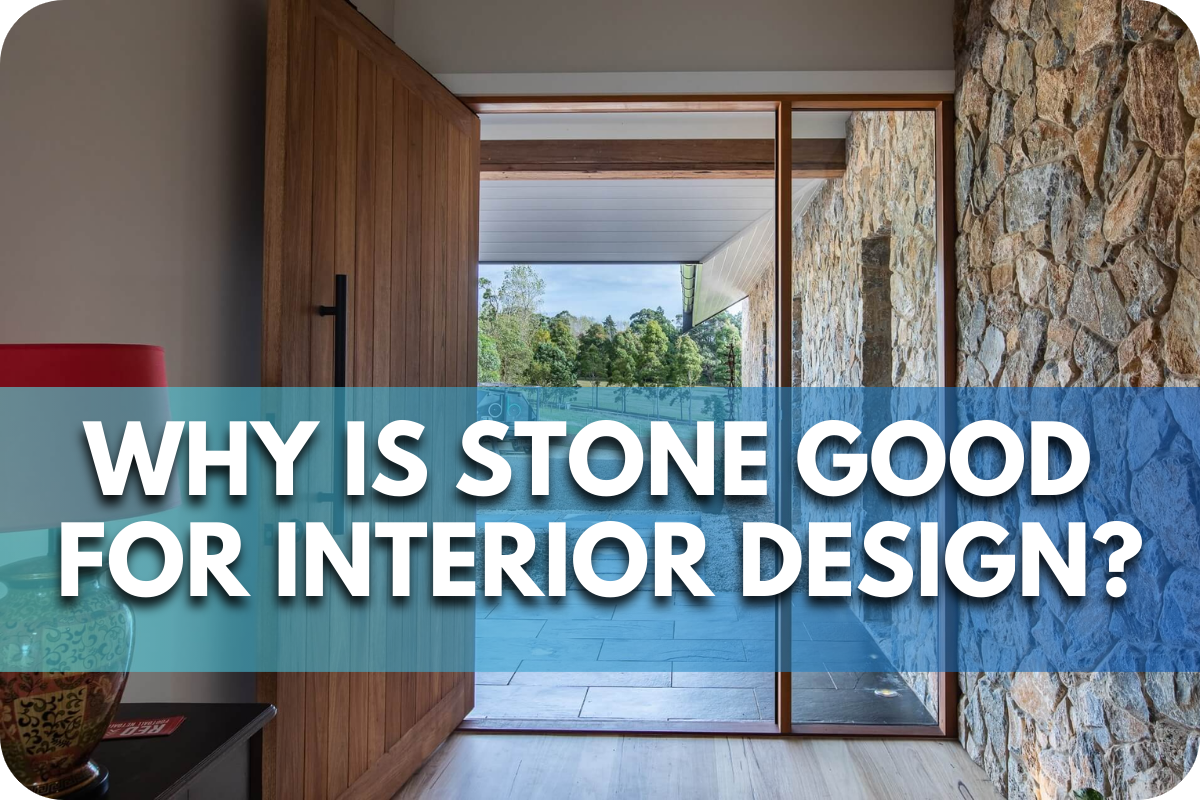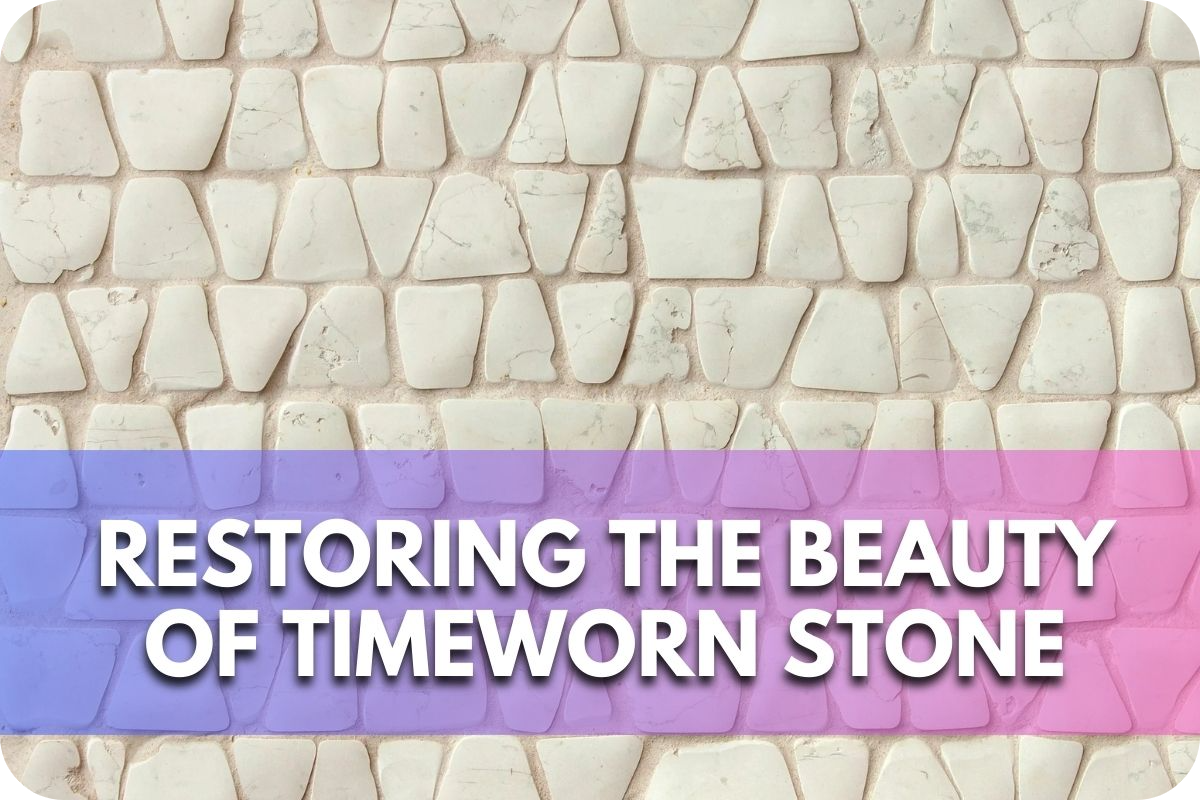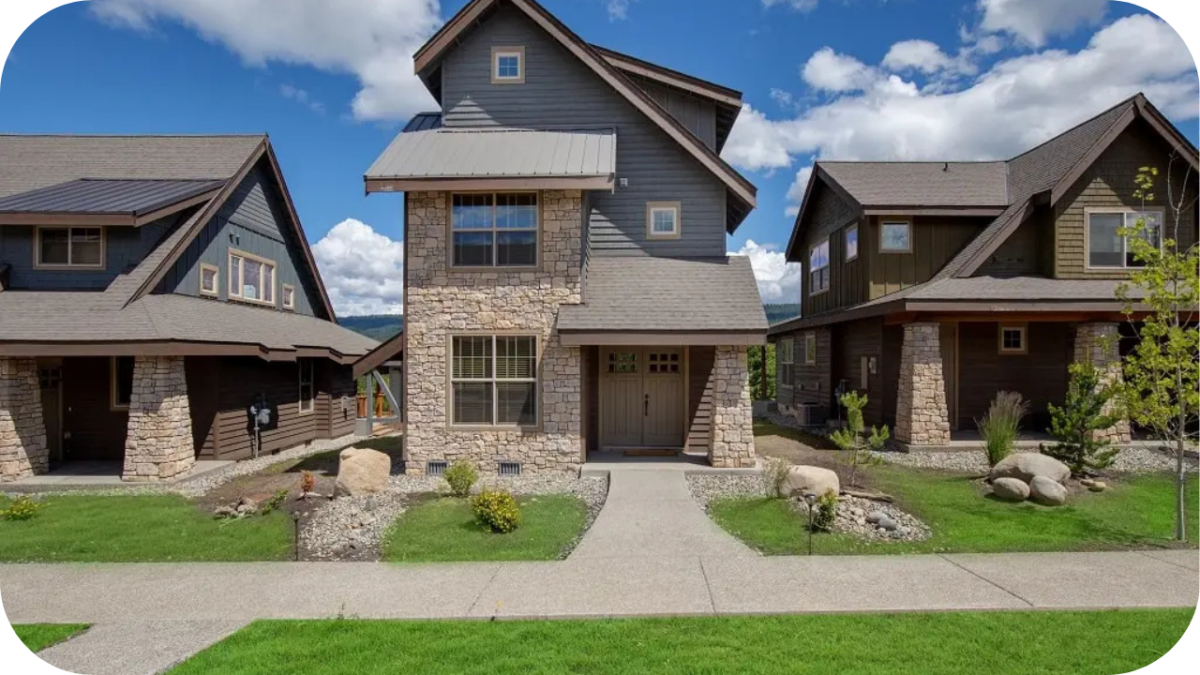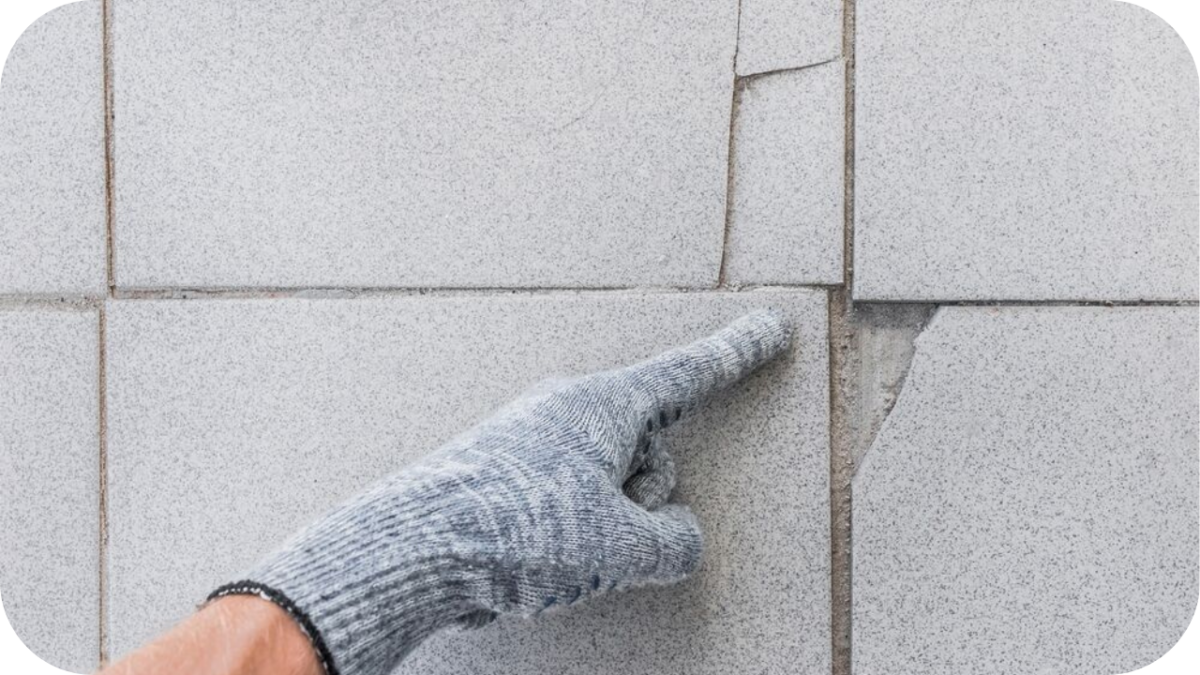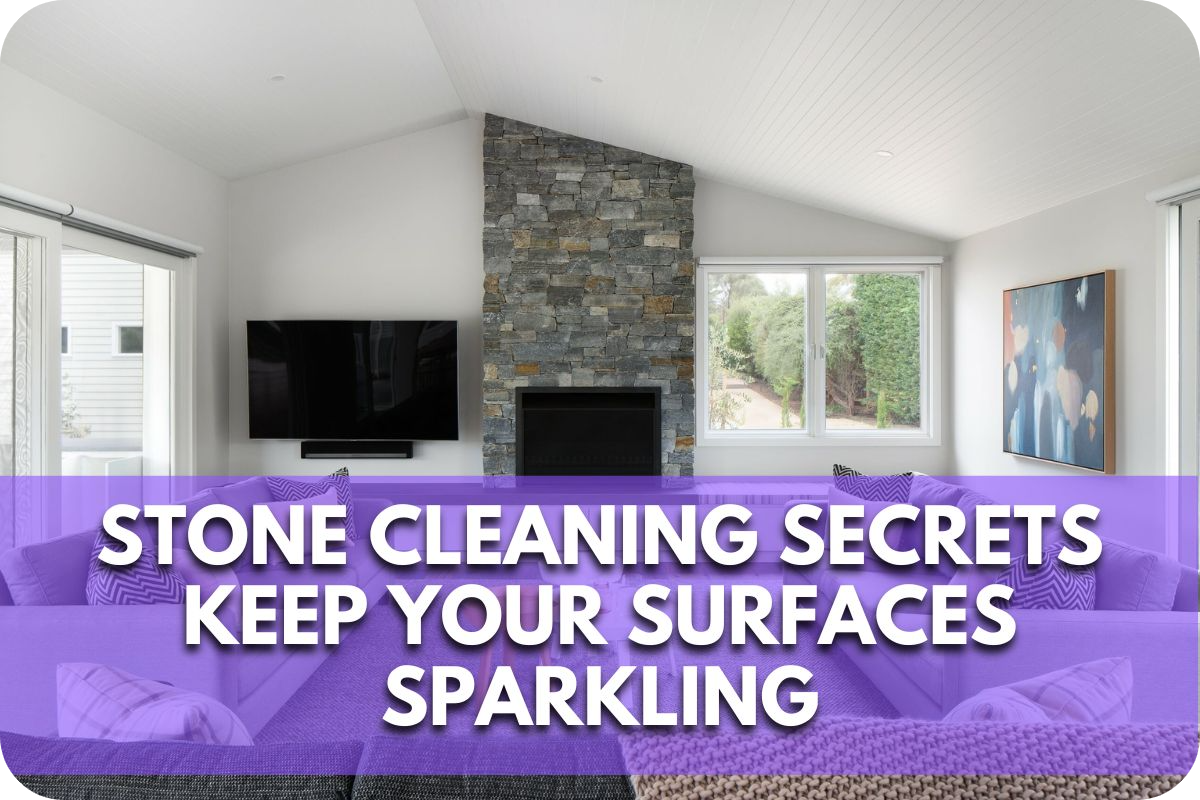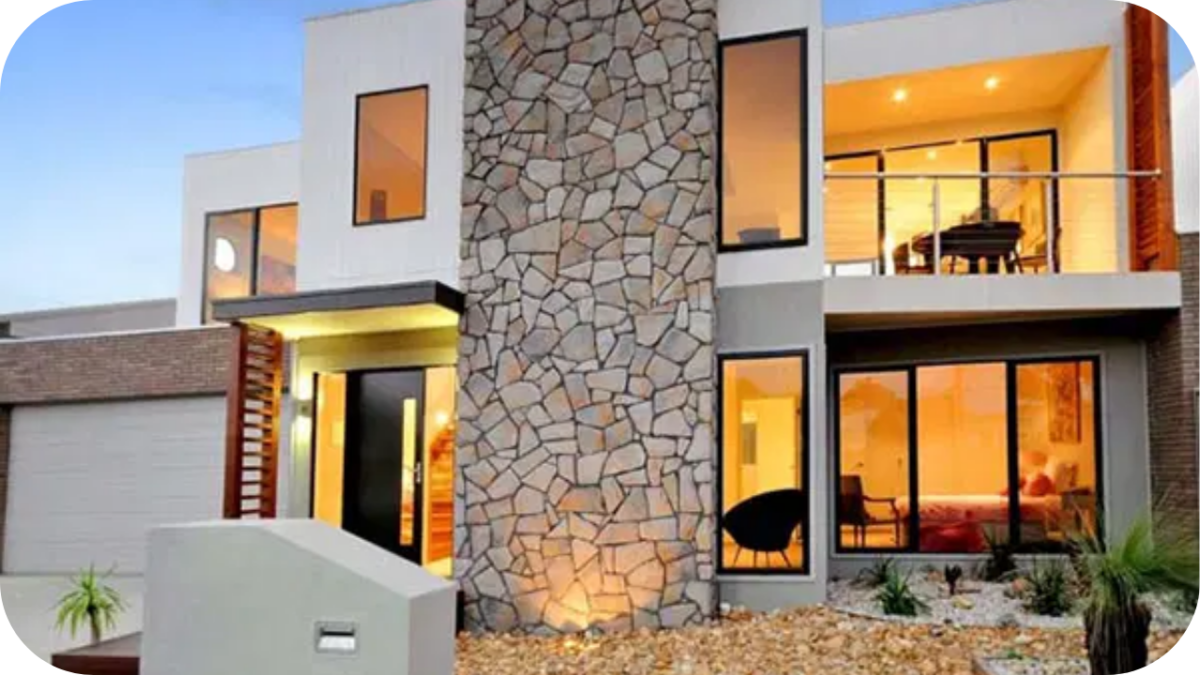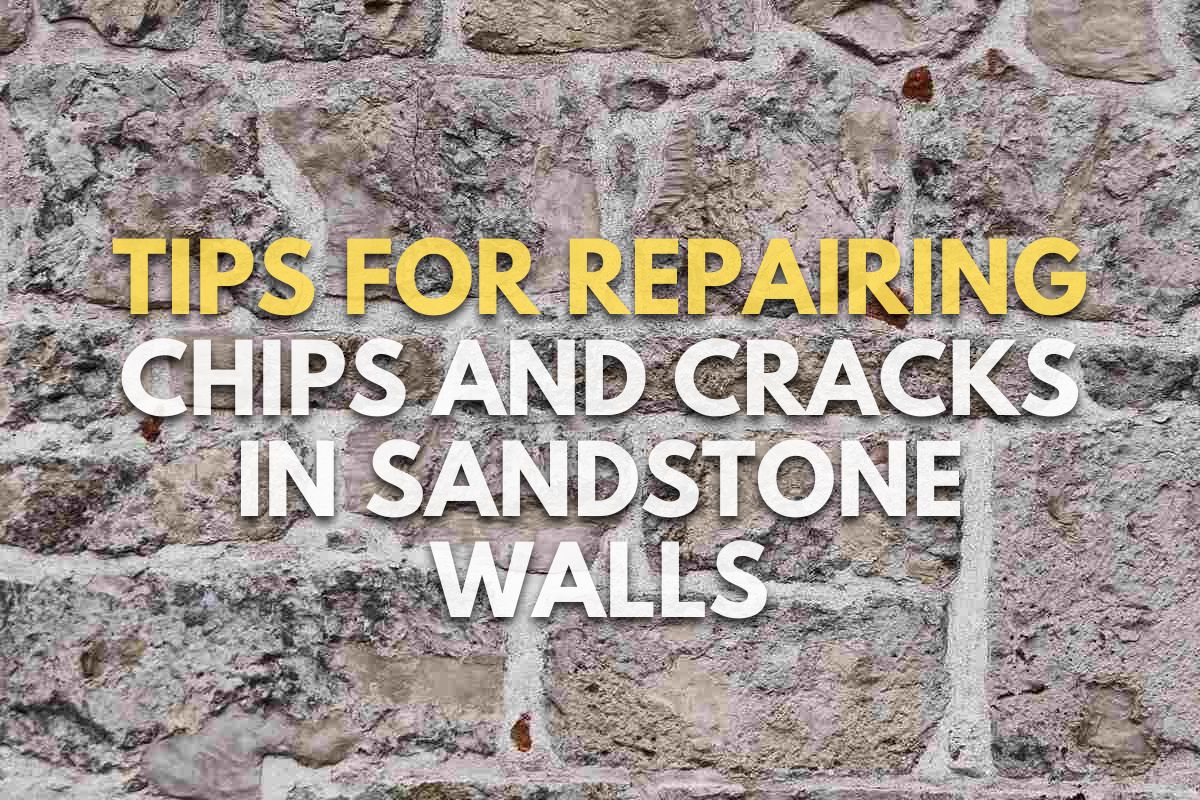Why Is Stone Good for Interior Design?
Struggling to find a durable, stylish material for your interior design?
Many materials fail to combine longevity with aesthetic appeal, leading to frequent repairs and outdated looks.
Discover why natural stone is the perfect choice for interior design. It offers unmatched durability, timeless beauty, and versatile applications that enhance space.
Aesthetic Appeal
Natural stone offers a unique aesthetic appeal, making it a favoured interior design choice. Its inherent beauty and timeless elegance elevate the look and feel of any space. Here are the key points that highlight the aesthetic benefits of using natural stone in interior design:
- Unique Patterns and Colours: Each piece of natural stone is distinct, featuring unique patterns, veins, and colour variations. This uniqueness ensures that no two installations are identical, adding a personalised touch to your home.
- Versatility in Design Styles: Natural stone complements various design styles, from modern and contemporary to rustic and traditional. Its versatility makes it suitable for multiple applications, including countertops, flooring, accent walls, and fireplaces.
- Luxurious and Timeless Appeal: Stone surfaces exude luxury and timelessness. Whether it’s the classic elegance of marble, the rugged charm of slate, or the serene beauty of limestone, natural stone enhances the visual appeal of any room.
- Finish Options: Natural stone can be finished in different ways to achieve the desired look. Polished stone offers a high-gloss finish that reflects light and adds sophistication, while honed or matte finishes provide a more understated, elegant appearance.
- Seamless Integration: Natural stone blends seamlessly with other materials like wood, metal, and glass, creating a harmonious and balanced design. This integration enhances the overall aesthetic and provides a cohesive look to your interiors.
Durability and Longevity
Natural stone is renowned for its exceptional durability and longevity, making it an ideal choice for interior design. Here’s why:
- Strength and Resilience: Stone surfaces, such as granite and quartzite, are solid and resistant to scratches, dents, and heat. They can withstand daily wear and tear without showing signs of damage, making them perfect for high-traffic areas like kitchens and bathrooms.
- Low Maintenance: Natural stone is relatively low maintenance, unlike other materials that require frequent upkeep. Regular cleaning with mild soap and water is usually sufficient to keep it looking pristine. Additionally, periodically sealing the stone helps protect it from stains and moisture penetration, extending its lifespan.
- Timeless Beauty: Natural stone’s beauty does not fade over time. Its rich colours, intricate patterns, and unique textures remain unchanged, ensuring that your interior design retains its elegance and appeal for years.
- Investment Value: Investing in natural stone for your interior design enhances your home’s aesthetic value and increases its overall resale value. Stone surfaces’ durability and longevity make them desirable features for potential buyers, making your investment worthwhile in the long run.
Health and Environmental Benefits
Natural stone offers several health and environmental benefits that make it a sustainable choice for interior design:
- Non-Toxic: Unlike synthetic materials that emit harmful VOCs (Volatile Organic Compounds), natural stone is non-toxic and does not release toxic chemicals into the indoor environment. This promotes better indoor air quality and reduces the risk of respiratory problems and allergies.
- Hypoallergenic: Stone surfaces are hypoallergenic, meaning they do not harbour dust, mould, or allergens. This makes them ideal for individuals with allergies or respiratory sensitivities, as they contribute to a healthier living environment.
- Durability Reduces Waste: Natural stone surfaces’ durability and longevity reduce the need for frequent replacements or repairs, thereby minimising waste generation. This contributes to a more sustainable and eco-friendly approach to interior design.
Click here for more benefits.
Types of Stone for Interior Design
Several types of natural stone are commonly used in interior design, each offering unique characteristics and aesthetic appeal:
- Marble: Known for its luxurious appearance and timeless elegance, marble features distinctive veining and various colours. It is often used for countertops, flooring, and decorative accents in bathrooms and kitchens.
- Granite: Granite is prized for its durability and resistance to heat, scratches, and stains. It is available in various colours and patterns, making it suitable for fireplace surrounds.
- Limestone: Limestone offers a softer, more subtle appearance with a smooth, matte finish. It is commonly used for flooring, fireplace surrounds, and architectural elements like columns and balustrades.
- Travertine: Travertine’s porous texture and natural colour variations give it a warm and inviting look. It is often used for wall cladding in both indoor and outdoor spaces.
- Quartzite: Quartzite is prized for its durability and resemblance to marble. It comes in various colours and patterns and is suitable for countertops, flooring, and accent walls in kitchens, bathrooms, and living areas.
Applications in Interior Design
Natural stone offers versatile applications in interior design, adding beauty and functionality to various spaces within a home:
- Flooring: Stone flooring, including marble and limestone, adds a touch of sophistication to any room. It is durable, easy to maintain, and comes in various colours and finishes to suit different design preferences.
- Accent Walls: Stone accent walls create visual interest and are stunning focal points in living rooms, dining areas, and bedrooms. Due to their natural beauty and texture, slate, travertine, and quartzite are commonly used for accent walls.
- Fireplace Surrounds: Stone fireplace surrounds, such as granite and marble, enhance the ambience of living spaces while providing heat resistance and durability.
- Bathroom Features: Stone is ideal for bathroom features like shower walls, vanity tops, and tub surrounds. It adds a luxurious touch and effectively withstands moisture and humidity.
- Architectural Elements: Stone can be used for architectural elements such as columns, balustrades, and mouldings, adding elegance and character to interior spaces.
Combining Stone with Other Materials
Integrating natural stone with other materials can enhance interior spaces’ visual appeal and functionality. Here’s how:
- Wood: Combining stone with wood creates a warm and inviting atmosphere. The contrast between the natural textures and colours of stone and wood adds depth and character to a room. For example, stone flooring paired with wooden furniture or accents can create a rustic yet elegant look.
- Metal: Accents like stainless steel or wrought iron complement the stone’s natural beauty. Metal elements can be incorporated into fixtures, lighting, and hardware to add a modern or industrial touch to stone surfaces.
- Glass: Glass elements, such as windows, doors, and partitions, can be combined with stone to create a seamless transition between indoor and outdoor spaces. Glass also enhances the stone’s reflective properties, creating a sense of openness and lightness.
- Fabric: Soft fabrics like curtains, upholstery, and rugs can soften stone’s hard surfaces and add warmth and comfort to a space. Combining stone with plush textiles creates a balanced and inviting environment.
Cost Considerations
While natural stone offers numerous benefits for interior design, it’s essential to consider the associated costs:
- Material Cost: Natural stone prices vary widely depending on the stone’s type, quality, and rarity. Marble and granite, for example, tend to be more expensive than slate or limestone. Additionally, larger pieces or custom cuts may incur higher costs.
- Installation Cost: The cost of installing natural stone can also vary based on labour rates, project complexity, and site preparation requirements. Complex patterns or intricate designs may require more time and expertise, resulting in higher installation costs.
- Maintenance Cost: Although natural stone is durable and long-lasting, it may require periodic maintenance, such as sealing or polishing, to preserve its appearance and performance. These maintenance tasks can incur additional costs over time.
- Return on Investment: Despite the upfront costs, natural stone can offer a high return on investment by increasing the value of your home. Its timeless beauty and durability make it an attractive feature for potential buyers, potentially offsetting the initial investment.
Conclusion
Elevate your interior design with natural stone’s timeless beauty and durability. Explore our collection of premium stone options and transform your home into a luxurious and inviting space. Contact us today to get started on your next interior design project.

